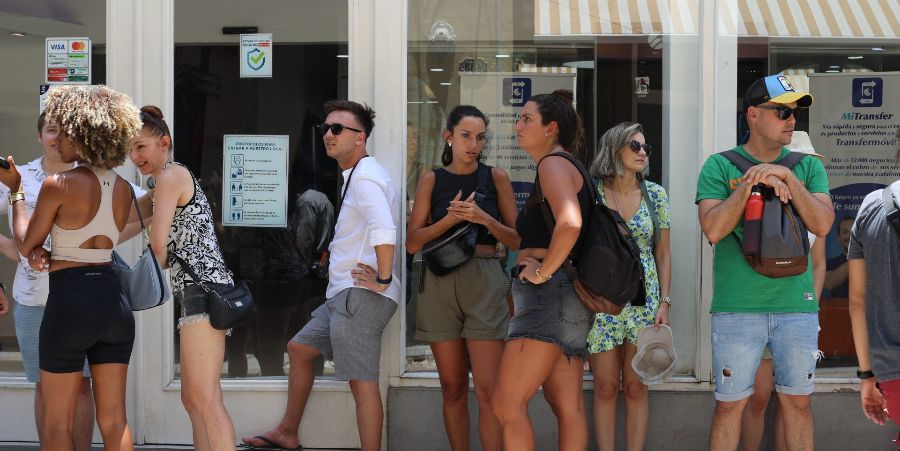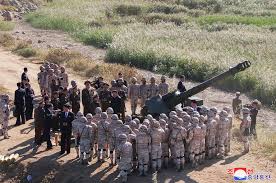
HAVANA, Cuba. – The recent announcement that the financing company of the military conglomerate GAESA is working on adapting the Chinese system UnionPay for payment in Cuba with bank cards from China, which follows the former adaptation of Russian MIR cards, reaffirms the opinion of those who speak of a closer relationship developing between Cuba and those two nations. Let’s put both cases in context.
Cuba’s exports revenue has decreased considerably in recent years with respect to pre-pandemic year 2019. The amounts earned in remittances, mining, medical services abroad, cigars, sugar, fishing and the sale of farm products have plummeted. Also, neither Prime Minister Manuel Marrero Cruz’s visits to Russia and Belarus, nor president Miguel Díaz-Canel Bermúdez’s tour throughout the Middle East seem to have opened any doors for placing Cuban products in those markets.
Under these circumstances, Cuban officials have had no option but to keep harping on tourism as its only salvation in recent years, notwithstanding the fact that that sector of the economy has not been spared from unfavorable results.
According to the Havana Consulting Group, until the month of August, 1,666,504 tourists had arrived in Cuba, which represents 46.68% less visitors than those reported for the same period in 2019. Likewise, estimates indicate that the projected number of tourists for 2023 – 3.5 million foreign visitors- will not be reached. Tourism’s recovery in Cuba gets complicated, among other reasons, because of the fierce competition that exists in the region. Destinations such as the Dominican Republic, Costa Rica, Cancun and Jamaica are reporting record numbers of visitors.
The fall in Cuban tourism can be explained, among other reasons, for the decrease in visitors from traditional tourism markets for the island, like Germany, Spain, Italy, France and England. In the face of that reality, Castro’s government machine has decided to attract two new sources of tourism to the island: Russia, which already occupied a top spot, and China.
It’s in that context that we can understand the adaptation of MIR and UnionPay cards as legitimate payment methods in the Cuban financial system for Russian and Chinese citizens who visit Cuba. It’s not the same when a visitor has to exchange money into Cuban currency in order to make payments in the island as it is for a visitor to pay comfortably with his or her own payment instruments.
Joining the above adjustments is the publicity campaign by Cuban officials in both nations, which centers on the hypothetical condition that Cuba is “a happy country and a safe tourist destination.” Also, there’s the effort to start or resume direct flights between Chinese and Russian cities and the main tourism poles in the island.
However, everything is not coming up roses for Cuba’s tourism sector. There are knowledgeable voices that say that Cuba’s official strategy in recent years has been mistaken. They point to the eagerness of building many hotels, at the expense of the extra hotel infrastructure that is necessary for visitors to enjoy a pleasant stay at their preferred destinations.
It is the opinion of many that both the Russian tourists and the Chinese will not be content to spend all their time in the hotels, but instead would demand restaurants, cafeterias, night life and sufficient transportation to move freely throughout the island.
ARTÍCULO DE OPINIÓN
Las opiniones expresadas en este artículo son de exclusiva responsabilidad de quien las emite y no necesariamente representan la opinión de CubaNet.
Sigue nuestro canal de WhatsApp. Recibe la información de CubaNet en tu celular a través de Telegram.
Fuente Cubanet.org




 Argentina
Argentina USA
USA Paraguay
Paraguay España
España Israel
Israel

















